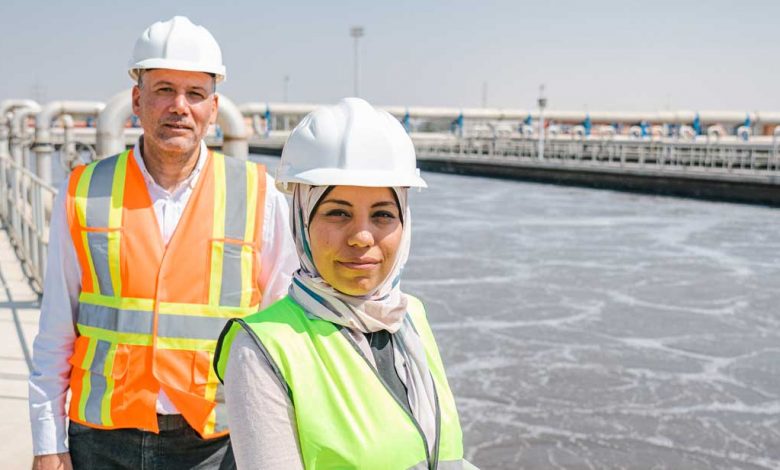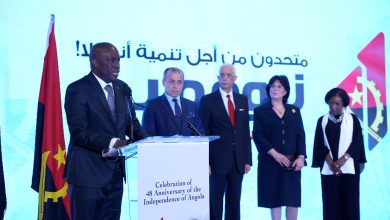Egypt: the Abu Rawash wastewater treatment plant, a model of sustainable development | African Development Bank

Diplomat.Today
The African Development Bank
2023-03-31 00:00:00
——————————————-
On the west bank of the Nile, eight kilometers northwest of the pyramids of Giza, is the archaeological site of Abu Rawash. Nearby is one of the world’s largest wastewater treatment plants, a model of environmental sustainability in line with the United Nations Sustainable Development Goals.
Pakinam Mohamed holds a degree in Civil Engineering from Ain Shams University in Cairo. She oversees the construction of the treatment plant and says she is “honored” to be a part of this amazing project. “Here we protect the environment and the health of the Egyptians by ensuring that the Nile is not polluted. We preserve biodiversity and provide clean water to farmers for agricultural purposes,” she says. She adds: “I am proud to contribute to a clean future for future generations.”
As part of its sustainable development strategy, “Vision 2030”, launched in March 2015, the Egyptian government has identified wastewater reuse as a strategic priority to safeguard the country’s water resources. This is mainly intended to irrigate the nursery and provide water for industrial needs.

The Abu Rawash Water Treatment Plant (ARWWTP) is the second largest wastewater treatment plant in Egypt and ranks among the top 10 in the world. Its construction was supported by the African Development Bank at a cost of USD 150 million.
“Today we supply water that is ten times cleaner than before. It covers nine million people in Greater Cairo and treats 1.6 million cubic meters of wastewater per day,” says Eng. Esam Awad, the general manager of the factory.
The commissioning of the factory has not only improved the living conditions of the residents of Greater Cairo, but has also created nearly 150 permanent jobs at the site and opportunities for companies operating in multiple industries.
The amount of wastewater processed at the Abu Rawash plant is expected to reach two million cubic meters in the coming years. According to the report on environmental and social impacts published by the African Development Bank, the average capacity of the plant needs to be increased by 400,000 m³ per day for pre-treatment, primary and secondary treatment and waste water chlorination activities.

“Climate change is not waiting for us, so we have to act on a large scale,” says general manager Awad, who emphasizes the importance of such a project for Egypt as one of the solutions to counter the effects of climate change.
The Abu Rawash project aligns with the African Development Bank’s strategic framework for efficient, equitable and sustainable development through integrated water resources management. It also contributes to the Bank’s “High 5” priority agenda to develop critical infrastructure for inclusive and green growth, increase agricultural production and improve the quality of life of the population.
 Egypt and the African Development Bank Group have been partners for more than half a century. In this context, more than 100 operations have been conducted in Egypt, mobilizing more than $6 billion in many strategic sectors.
Egypt and the African Development Bank Group have been partners for more than half a century. In this context, more than 100 operations have been conducted in Egypt, mobilizing more than $6 billion in many strategic sectors.
——————————————-



